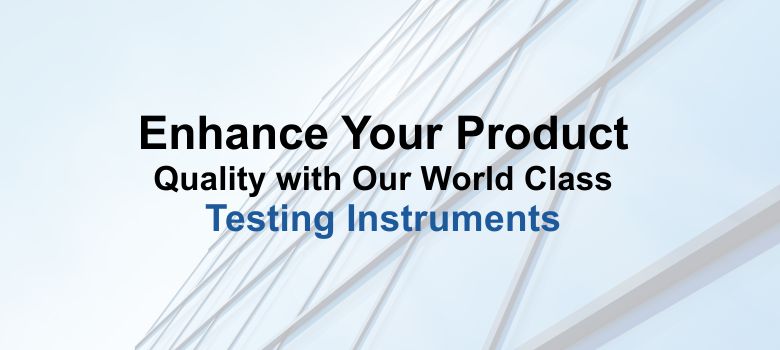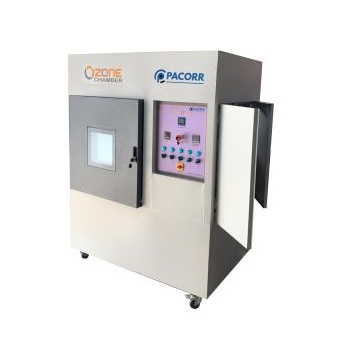
 With a drastic and continuously deteriorating Air Quality Level in Delhi NCR, people might again be on the edge of another lockdown. This trending news had created a concern for patients with respiratory conditions, kids facing shutting down of schools, and govt. employees again moving to work from home. But not only this, tyre manufacturers must be equally worried about the poor air condition (Rubber Testing Instruments).
With a drastic and continuously deteriorating Air Quality Level in Delhi NCR, people might again be on the edge of another lockdown. This trending news had created a concern for patients with respiratory conditions, kids facing shutting down of schools, and govt. employees again moving to work from home. But not only this, tyre manufacturers must be equally worried about the poor air condition (Rubber Testing Instruments).
The poor AQI level also brings a huge amount of ozone with it and a high amount of ozone in the air might invite ozone cracking in tyres doesn’t matter how good the quality is.
How is the amount of ozone increasing? And how it can affect the quality of tyres?
When analyzed it was found that there is a high presence of ozone in the Air currently along with other toxic fumes like nitrogen oxide, carbon monoxide, and sulphur oxide. Most of that comes from vehicular emission, factory and power plant chimneys. Another major reason for ozone production is our not-to-forget Global warming which is constantly making holes in our protecting atmosphere and letting the chemical in. The rising level of ozone concentration in the air can be fatal not only to humans but rubber material of which tyres are manufactured.
Have you noticed cracks on your tyre? That is when it gets affected by the ozone toxic present in the air. There are three major causes of ozone cracking in the tyres:
- Low-Quality Manufacturing
- Poor storage of manufactured tyres
- Low maintenance by the user
It is the responsibility of the tyre manufacturer to design and produce the product in a precise way so that once the product is out for use it must have the capacity to retain its performance under extreme weather conditions or high ozone exposure.
Ozone cracking in tyres occur when the tyre is exposed to ozone gas for a long time period. The longer the tyres are exposed to ozone, higher reactions will take place breaking the polymer chains and resulting in the development of cracks in the tyre sidewalls.
Therefore, it is very important to test how your product will react to ozone exposure in real-life.
Real-time ozone testing to evaluate tyre performance
Pacorr bring a revolutionary technology to conduct a real-life and accelerated ozone test, Ozone Chamber. The equipment recreates the real-time environment in which the tyre might get exposed and develop ozone cracking. Not only this, but the machine can evaluate the effect of years of ozone exposure within a few hours.
Accredited by ASTM D1149 - 18 Standard, and ISO 1431-3:2017, the equipment comes with a huge capacity of 125 litres allowing more samples to be tested at one go. One can monitor the level of ozone on the LCD screen during the ongoing test. A digital temperature controller can allow the user to maintain the temperature at his convenience. An electromechanical type of ozone sensor to precisely evaluate the calculated amount of ozone gas fixed for a test procedure. It allows a range of temperature which is ambient to +70 degrees celsius. It allows uniformity of temperature so that the test values don’t suffer any error.
How to conduct the ozone test?
Place the sample to be tested inside the inner chamber. Here it will be exposed by targeted ozone gas for a set period of time. Once the test is completed, the sample can be carefully taken out for further research and study.
These test results can be used for the evaluation of product quality, categorisations of materials before production.

